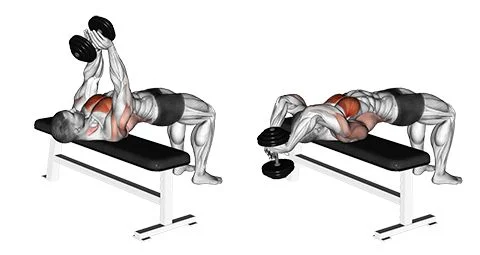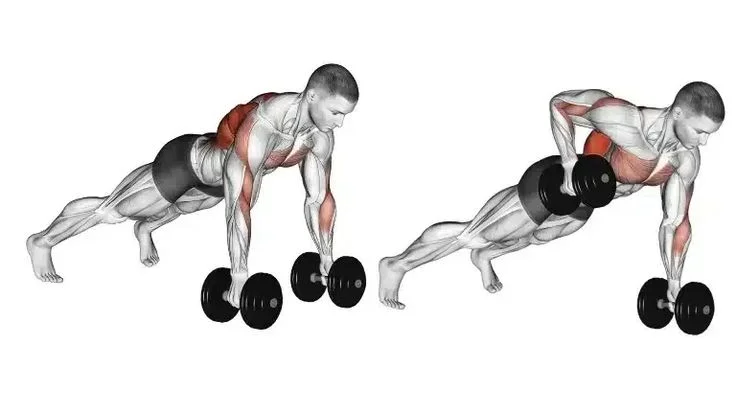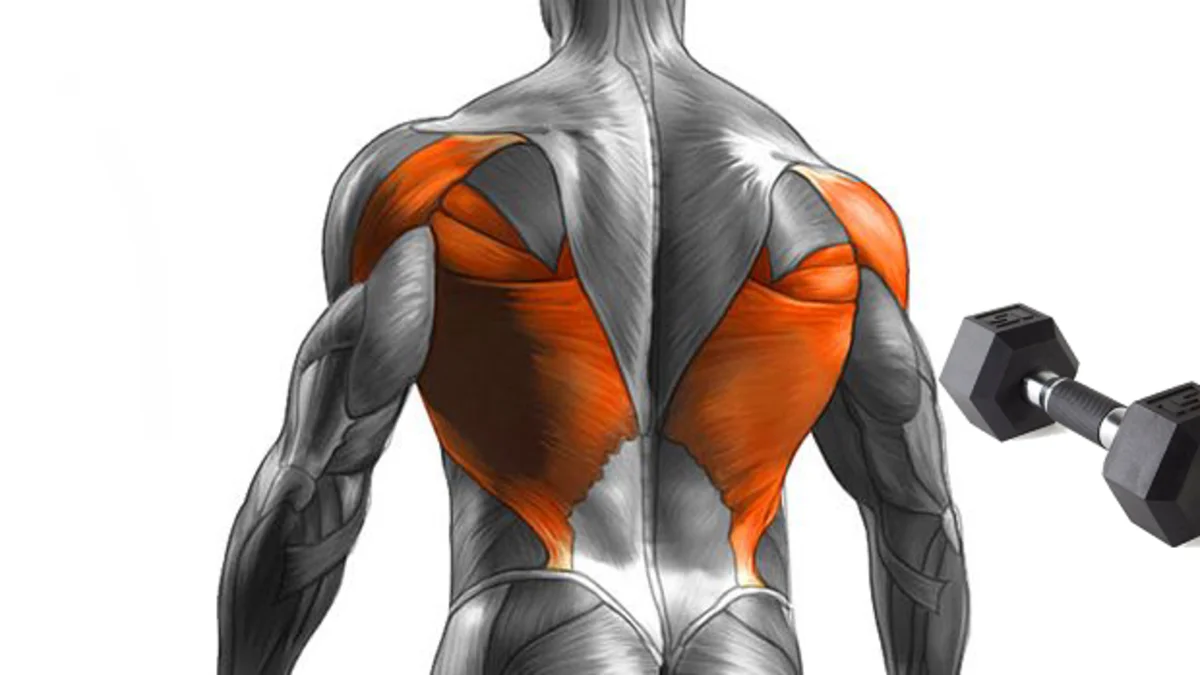Welcome to the exclusive realm of Lats Workout with Dumbbells, where sculpting a powerful and aesthetically pleasing back is not just a goal—it’s a journey. In the symphony of fitness, your lats are the crescendo, and with the strategic fusion of targeted exercises, we unveil a workout regimen that is as exclusive as it is effective. Prepare to embark on a transformative experience that goes beyond the ordinary, as we guide you through a curated selection of dumbbell-centric exercises designed to carve out your back into a masterpiece. Get ready to redefine your fitness narrative, as we delve into the art and science of Lats Workout with Dumbbells, where exclusivity meets the allure of a stronger, more sculpted you.
Why Choose Dumbbells for Lat Workouts?
The latissimus dorsi, or lats, play a pivotal role in achieving a well-defined and powerful back. While there are various methods to target these muscles, the synergy between dumbbells and lats workout introduces a new dimension to your fitness routine. This exclusive approach ensures that each movement is intentional, precise, and effective, maximizing your efforts for optimal results.
Benefits of Lats Workout with Dumbbells
- Muscle Engagement: Dumbbells, unlike traditional machines, engage in stabilizing muscles. This not only targets the lats but also activates supporting muscles, fostering a more comprehensive and efficient workout.
- Versatility: Dumbbells offer a versatile range of motion, allowing you to explore various angles and positions. This versatility is key to sculpting a well-rounded back, targeting different areas of the lats for comprehensive development.
- Compound Movements: Integrating compound movements with dumbbells, such as rows and deadlifts, ensures total back activation. This holistic approach contributes not only to lats development but also to overall strength and functionality.
The Best Lats Workout with Dumbbells targeting Every Angle
Incline Seal Row: Precision in Isolation

The basic purpose of the seal row is to isolate the lats and other back muscles by minimizing any form of body movement. While it is a compound exercise, we prefer to focus the lats with lighter weights and a mind-muscle connection.
Begin your lats workout with controlled and intentional pulldowns. This exercise isolates the lats, emphasizing muscle engagement and laying the foundation for a robust back workout.
Bent-Over Dumbbell Rows: Building Width and Thickness

Elevate your back game with rows, focusing on both width and thickness. The dumbbell variation allows for a greater range of motion, activating various muscle groups within the lats.
Dumbbell Pull-Overs: Stretching for Flexibility

Incorporate pull-overs to not only engage the lats but also promote flexibility. This dynamic exercise stretches the ribcage, contributing to enhanced overall back mobility.
Dumbbell Deadlifts: Compound Power

Unleash the power of compound movements with dumbbell deadlifts. While targeting the lower back, hamstrings, and glutes, this exercise activates the lats as stabilizers, contributing to total back development.
Renegade Row

Put yourself in a plank position with your legs stretched wider and dumbbells underneath you. Lift one dumbbell to your outer chest and bring it to your chest, keeping your elbows tucked, with your hands clutching the dumbbell handles and palms facing each other. Set it down slowly before repeating the process with the other dumbbell. Repeat until the set is finished.
Lats Workout with Dumbbells
| Exercise | Sets | Reps |
|---|---|---|
| Incline Seal Row | 3-4 | 10-12 |
| Bent-Over Dumbbell Row | 3-4 | 10-12 |
| Dumbbell Pullover | 3-4 | 10-12 |
| Dumbbell Deadlift | 3-4 | 10-12 |
| Renegade Row | 3-4 | 10-12 |
Success Stories in Lats Mastery
Explore the success stories of individuals who have embraced the Lats Workout with Dumbbells. Witness their transformations, read about their challenges, and gather inspiration for your own fitness journey. Realizing tangible results achieved by others can serve as a powerful motivator as you strive for your fitness goals.
Conclusion: Your Sculpted Back Awaits
As we conclude this comprehensive guide to Lats Workout with Dumbbells, envision the sculpted and powerful back that awaits you. This exclusive approach is not just a workout routine; it’s a commitment to unlocking the full potential of your physique. Embrace the science, precision, and versatility of dumbbell-centric exercises, and embark on a journey that elevates your fitness experience to new heights. The path to lats mastery begins here — sculpt it, own it, and revel in the transformative power of an exclusive and effective workout regimen.





